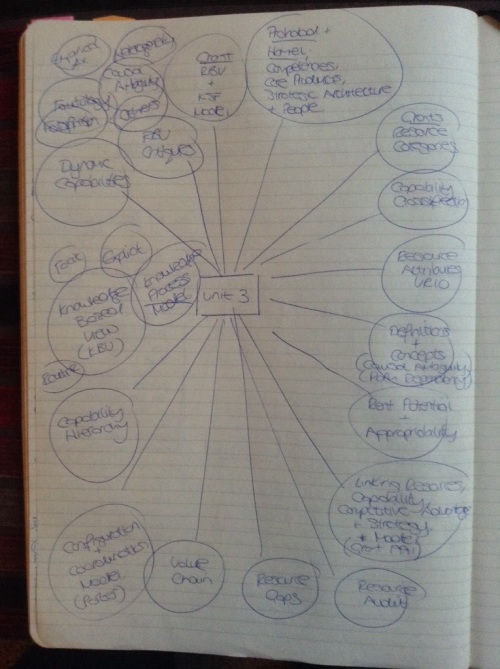Profit maximising…. Sole purpose to increase profits. Shareholder focus. Implications for other stakeholders.
Satisficing…. Satisfy and suffice all in one. Doing only what is needed, and no more.
BMW – purpose is in mission statement but seems to be able to hit both areas. Maximising profit for the Quant’s, through engineering mastery, whilst portraying needs of other stakeholders. Difficult balance in maintaining engineering excellence and meeting customer price expectations.
Timescales and expectations….
Anglosaxon model: unfettered free market with perhaps a short term focus. Pre cursor to the economic downturn!
Rhine model: Regulated free market with longer term focus. Eg. 2008 financial crisis pre-cursor. And other stakeholder influence on this – regulation restrictions, profit caps…. Energy. Monopolies.
Importance of risk – shareholder owns lawnmower, might consult gardener but final decisions on use and associated risk lie with the owner. Competes with the stakeholder approach to purpose.
Agency theory – managers run organisations for their own interests when their common interests diverge (Dalton, 2007). Managerial mischief. Creates reward for managers auto detriment of owners. Mergers and acquisitions – rarely create more value for owners but elevate and reward (status and reputation) managers more often. Challenge ‘moral’ obligation.
Survival – often the case. General change and competition. The end of a ‘profitability continuum’. US newspaper industry – finding new ways to maximise profit. Online versions, mobile e-readers….
Start-up organisations – survival focused on gaining a foothold. Longer term focus needs to be developed though. Entrepreneur: low entry costs in already established industry or ground breaking new products/services that reorganise an industry? A new combination! leading to short monopoly gains. Creative Destruction.
Example: Machiatto’s. Family owned coffee shop. European culture plus hot beverages and food. A rarity in its location. Facing challenges with austerity and diversified into live music/themed dinner nights, free internet access, a second shop specialising in waffles and ice cream. Still maintaining coffee and food focus and existing to maximise profit for the family owners, but having to meet wider stakeholder needs more increasingly.



